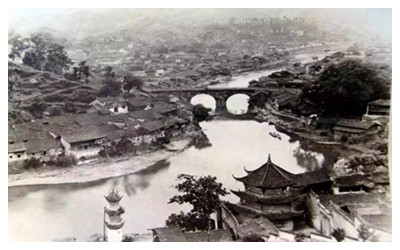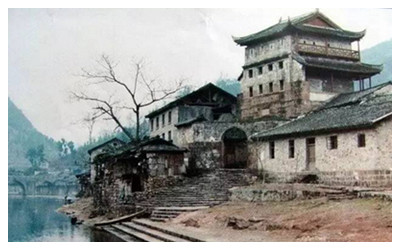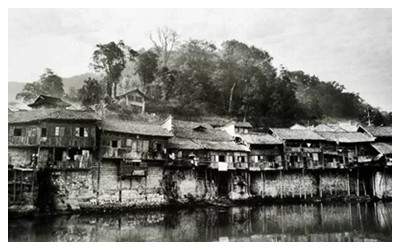Skype: neodalle-travel
Tel: +86 135 7447 2266
E-mail: sales@visitaroundchina.com

Brief Introduction To Fenghuang History
 According to the "Fenghuang County Chronicle" , it records that this area of Fenghuang was the place of "Wushan Man Miao" before Xia, Shang, Yin, and Zhou Dynasties.
According to the "Fenghuang County Chronicle" , it records that this area of Fenghuang was the place of "Wushan Man Miao" before Xia, Shang, Yin, and Zhou Dynasties.
The land area of Fenghuang belonged to the territory of Chu States during the Warring States Period.
After the Emperor Qin Shihuang united China in 221 B.C, he divided the vast area under his jurisdiction into 72 counties under 36 Prefectures, and the area of Fenghuang belonged to Qianzhong Prefecture.
Qianzhong Prefecture was renamed Wuling Prefecture in 202 during the Han Dynasty. Fenghuang belonged to Wuling Prefecture. After several changes, Fenghuang was under the jurisdiction of Chenyang County during the Western Han Dynasty.
 Fenghuang belonged to Wucheng County under the jurisdiction of Wuling Prefecture during the Western Han Dynasty.
Fenghuang belonged to Wucheng County under the jurisdiction of Wuling Prefecture during the Western Han Dynasty.
Fenghuang belonged to Wuyang County under the jurisdiction of Wuling Prefecture during the Eastern Han Dynasty.
In the second year of Emperor Tanggong ( in 686) during the Tang Dynasty, Weiyang County was set up at the western site of today's Fenghuang County. According to research, the site of the ancient county is the ancient city of Huangsiqiao today. The site of ancient Weiyang County belonged to Luyang County of Jinzhou Prefecture at that time.
Zhengan Town was established in today's downtown of Fenghuang County in the eighth year of Emperor Zhengde ( in 1513) during the Ming Dynasty. In the third year of Emperor Longqing ( in1569), the Fenghuang Troop Camp was set up in Fenghuang Mountain.
 In the thirty-ninth year of Emperor Kangxi ( in1700), Zhengan Town in Fenghuang became one of the 62 towns in the Qing Dynasty. In the seventh year of Emperor Yongzheng (in1729), Yongshun Mansion was established in the northwest of Hunan. Fenghuang Belonged Yongshun Mansion in that years.
In the thirty-ninth year of Emperor Kangxi ( in1700), Zhengan Town in Fenghuang became one of the 62 towns in the Qing Dynasty. In the seventh year of Emperor Yongzheng (in1729), Yongshun Mansion was established in the northwest of Hunan. Fenghuang Belonged Yongshun Mansion in that years.
In the second year of the Republic of China (1913), the area of Fenghuang was renamed as a county, known as Fenghuang County.
After foundation of People's Republic of China in 1949, Fenghuang County originally belonged to Yuanling Prefecture. It was placed in the Xiangxi Miao Autonomous Prefecture in 1955, and changed to the Xiangxi Tujia and Miao Autonomous Prefecture in 1957.
There are lots of the Ming and Qing architecture well-preserved in the Fenghuang Ancient City. Among of then 85 cultural relics protection units are at or above the county level, including 2 at the national level and 8 at the provincial level. There are 116 ancient sites in the county, more than 120 characteristic dwellings, precious cultural relics and various types. With over 10,000 rare fossils, Fenghuang Cnounty is one of the counties and cities with the most cultural relics and historical sites in the southwest China.
 Ask Questions ?
Ask Questions ?